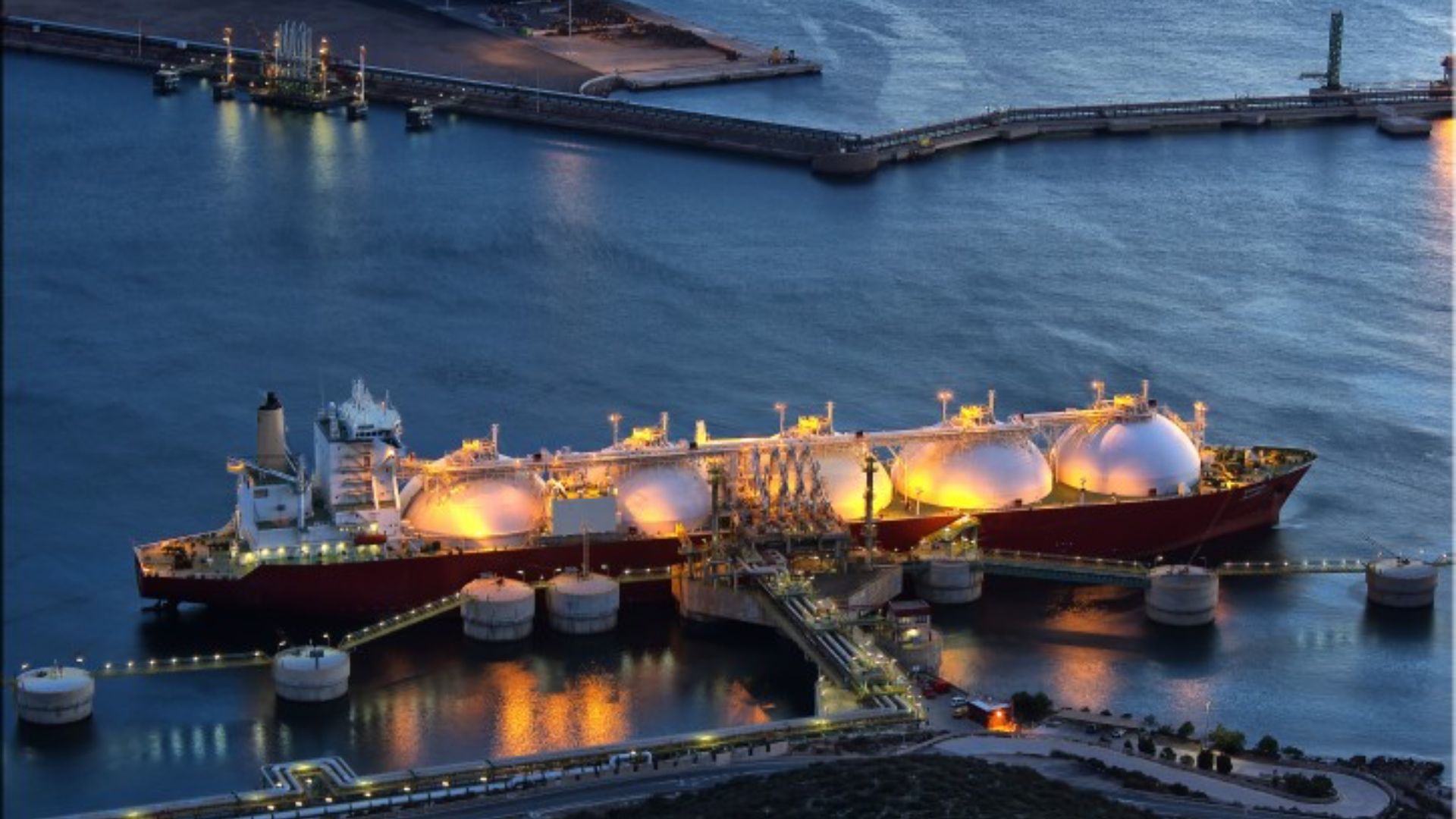Pioneering Sustainable Development on a Global Stage
- Qatar | 25 February 2022

Qatar, the world’s largest supplier of liquefied natural gas (LNG), delivered approximately 80 million tons in 2021, placing it in the same league as major LNG exporters like the US and Australia. However, Qatar has set its sights on an even more significant expansion, aiming to increase its production to 110 million tons per year in Phase I of its new expansion plans, with a further goal of reaching 126 million tons by 2027.
In the second quarter of 2021, Qatar Petroleum rebranded itself as Qatar Energy, a symbolic move that underscores the nation’s commitment to the energy transition. As one of the top unlisted companies in Qatar, Qatar Energy works closely with state planning agencies, regulatory authorities, and policy-making bodies. Saad Sherida Al Kaabi, the Minister of State for Energy and Chairman and CEO of Qatar Energy, recently emphasized the company’s new strategy focused on energy efficiency and environmentally friendly technologies, such as CO2 sequestration.
Qatar Energy plays a significant role in the North Oil fields, an expansive area covering over 6,000 square kilometers that holds around 10% of the world’s recoverable reserves of natural gas. In 2017, Qatar Energy announced plans to expand the field, which will increase Qatar’s LNG production capacity by up to 43% annually. This expansion aligns with Qatar National Vision 2030, a comprehensive blueprint that envisions diversifying the economy and reducing CO2 emissions.
Renowned for its low-cost LNG production, Qatar is eager to position itself as a pioneer in sustainable development across various sectors, not just hydrocarbons. In October 2021, the Amir established the Ministry of Environment and Climate Change and appointed Faleh bin Nasser al-Thani as minister. Their role is to safeguard and drive growth in the green economy, guided by robust protocols and key performance indicators (KPIs).
Additionally, the Qatar Council of Ministers approved the National Climate Change Plan, a framework outlining long-term strategies to effectively address the climate crisis. The plan comprises 35 measures and over 300 initiatives spanning research, smart cities, green transport, clean energy, and sustainable infrastructure for the FIFA World Cup.
Research hubs like Qatar Science and Technology Park and the Qatar Environment and Energy Research Institute (QEERI) will play crucial roles as centers and incubators for environmental preservation, sustainability thought leadership, and knowledge exchange. They will also contribute to bridging the skills gap and fostering the adoption of new technologies in the country.
Qatar is home to two cutting-edge districts, Lusail City and Msheireb Downtown, which integrate eco-friendly technologies with optimized urban planning. Msheireb Downtown, recognized as the world’s first sustainable regeneration project, reduces the reliance on personal vehicles, implements innovative water management methods to conserve water by 30%, and enhances energy efficiency through solar panels that provide electricity and hot water. Lusail City, a smart city, boasts a cooling system that annually saves 65 million tons of CO2, making it one of the largest such systems globally.
As Qatar prepares for the 2022 FIFA World Cup, it aims to showcase its green credentials on the global stage. The stadiums have been designed to consume 30% less energy and 40% less water than stadiums of similar sizes. While the achievement of its target of a 25% reduction in greenhouse gas emissions by 2030 remains to be seen, Qatar’s determination and bold plans to drive sustainable development are evident.








